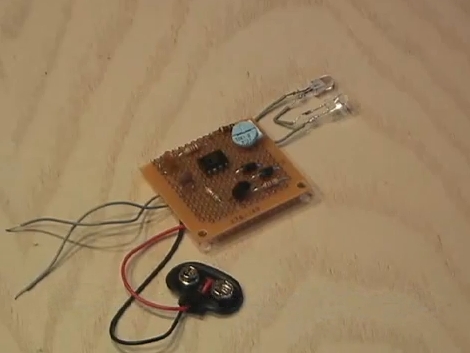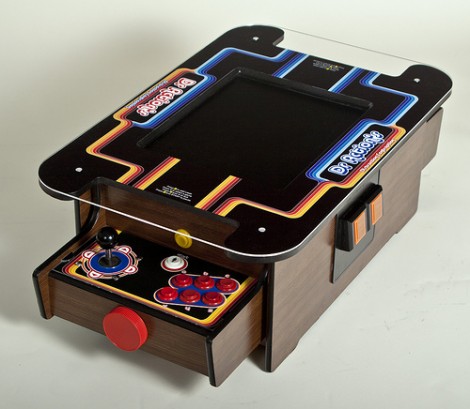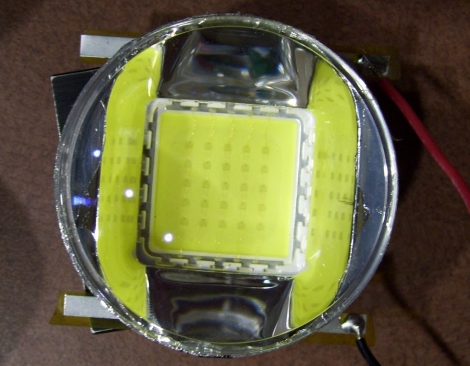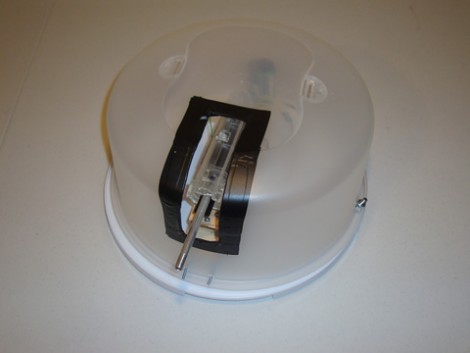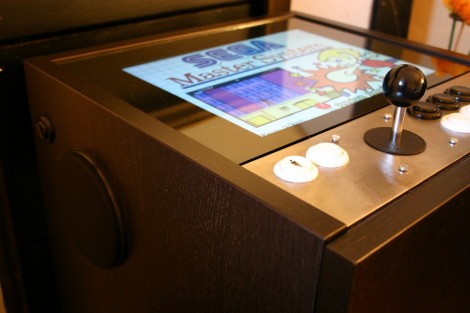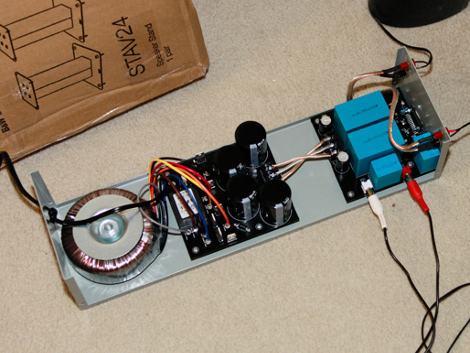LG released a line of Internet-connected TVs in both the US and Europe that utilize Yahoo TV widgets to bring interactive content to the living room. While it sounds like a great idea in theory, users have been disappointed to find that LG has approved a measly 15 widgets since the TVs were released.
OpenLGTV.org.ru user [xeros] has started working on a project that aims to enable more useful content as well as homebrew widgets. The project is known as OpenLGTV BCM, and not only covers LG television sets, but all sets based on the Broadcom platform.
A ton of progress has been made already, as they have been able to install their own busybox environment as well as open the sets to accept more widgets via some clever signature spoofing. The ultimate goal for the project is to completely divorce the sets from the Yahoo platform and replace it with their own open marketplace.
It’s a great start, and we can’t wait to see what sort of progress they make as time goes on.
[Thanks, T]


